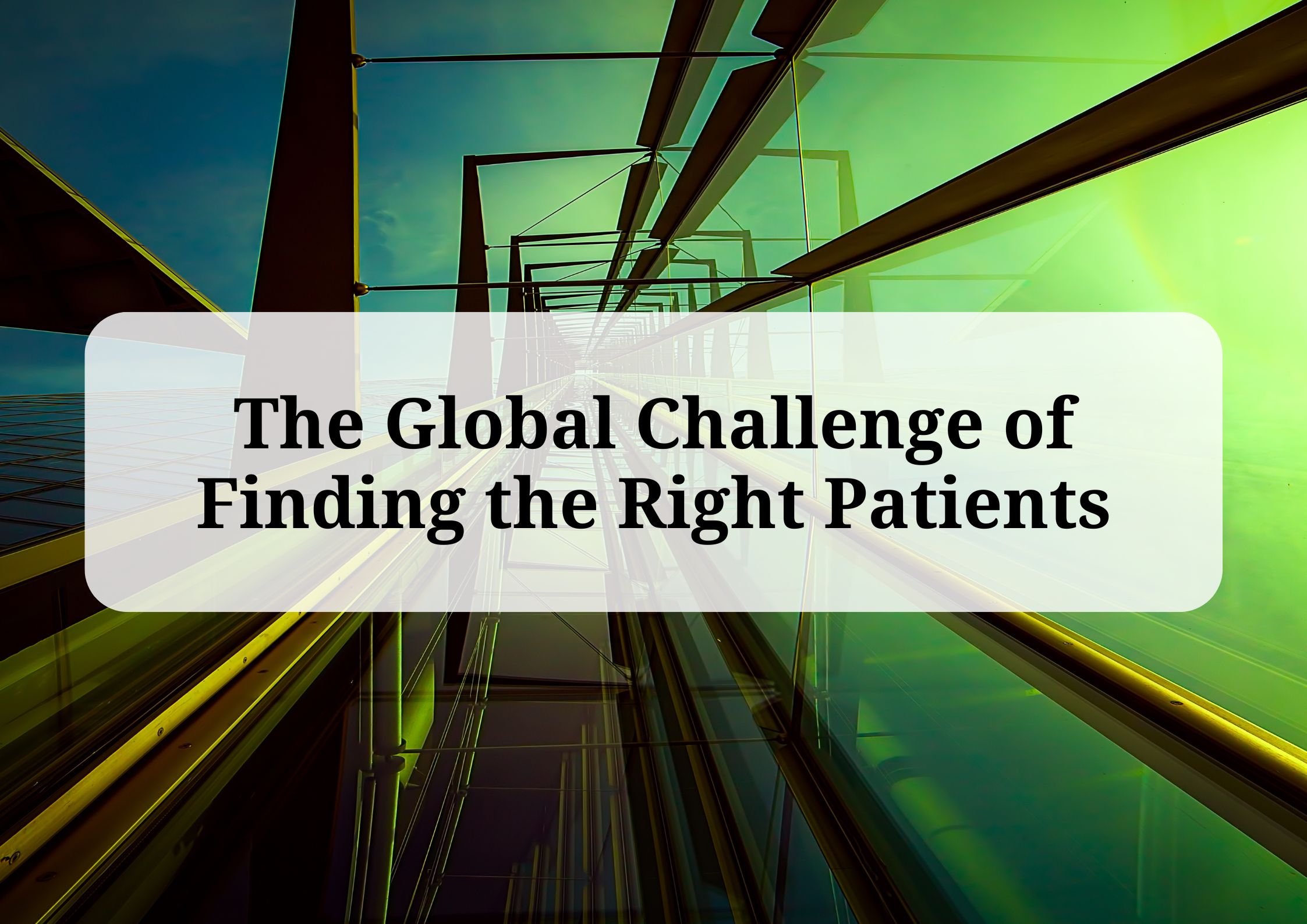
In healthcare market research, patient recruitment is no longer just a logistics task, It’s a strategic challenge that defines data quality, project timelines, and regulatory outcomes. From the U.S. to China, the difficulty of finding the “right” patients for clinical and commercial research is a global bottleneck.
Whether you’re running a large-scale patient segmentation study or a niche rare disease trial, identifying and reaching the correct population is one of the most pressing pain points researchers face today.
Why Patient Recruitment is Broken—And What’s at Stake
The problem isn’t always access. It’s relevance.
Even in data-rich markets like the U.S., researchers frequently encounter:
• Over-researched general populations, leading to low response rates
• Underrepresentation of minority or rural patients
• High dropout rates due to survey fatigue or lack of proper screening
These gaps result in skewed insights and, in clinical contexts, compromised trial outcomes.
In China, the issue is further complicated by fragmented data systems, hospital-level access restrictions, and a more opaque regulatory environment. Researchers often face difficulties connecting with patient groups outside of major urban centers.
U.S. vs. China: Two Markets, Two Realities
Patient Recruitment in the U.S.: Access Isn’t the Problem - Precision Is
In the U.S., the healthcare system offers rich datasets, insurance records, and digital patient communities. But targeting precision has become harder:
• HIPAA and privacy laws limit how and where you can recruit
• Patient trust is declining, especially in pharma-sponsored research
• Digital targeting alone is no longer enough. Patients want to be heard, not just segmented
There’s also a growing demand for psychographic profiling in healthcare research. It’s not just about finding people with the right diagnosis, it’s about understanding their beliefs, behaviors, and barriers to care.
Patient Recruitment in China: Data Depth vs. Data Access
China presents a different set of challenges:
• Patient data is often siloed in hospitals, making cross-institutional studies difficult
• Many patient journeys are undocumented or informally self-managed, especially in rural regions
• Language, tech adoption, and cultural norms vary widely across demographics
While China has a huge patient base and increasing health awareness, the lack of transparent, centralized patient data systems poses a hurdle. That’s where local partnerships and hospital-level relationships are essential.
Global Healthcare Research Needs Local Expertise
What works in one market often fails in another. Here are three research realities every global healthcare brand needs to embrace:
1. One-Size Recruitment Doesn’t Work
A method that successfully recruits patients in California may fall flat in Chengdu. Be ready to localize not just your language, but your recruitment channels, inclusion criteria, and outreach tone.
2. Real-Time Data Validation is Critical
Too often, companies discover post-fieldwork that their “qualified” patients don’t align with actual medical conditions or treatment paths. Build in real-time data checks and back-end validation to avoid wasting time and budget.
3. You Need More Than Panels
Standing patient panels are limited in both diversity and depth. For nuanced studies, especially those involving new treatments or hard-to-reach groups, you need custom recruitment strategies, hospital networks, and direct partnerships with caregivers or advocacy groups.
Moving Forward: Smarter Patient Recruitment in a Global Research World
Healthcare research is no longer regional. Most brands are global. And so are the insights teams supporting them.
Whether you’re running research for a new biologic, testing patient messaging, or planning global segmentation, finding the right patients is half the battle. The other half is understanding them—across markets, mindsets, and medical systems.
Youli’s View: Why Regional Expertise Matters in Patient Recruitment
At Youli, we support healthcare research in Mainland China by combining:
• Years of experience in patient panel recruitment, particularly for chronic and underserved conditions.
• Deep understanding of hospital network dynamics and local regulations.
• A commitment to transparent, insight-led feasibility assessments before recruitment starts.
While we currently serve clients within China, we frequently collaborate with global research teams to fill the gap between centralized strategy and local execution.
Final Thoughts
Recruiting patients isn’t just about numbers, it’s about nuance.
In a world where clinical trials are increasingly global, the old one-size-fits-all model is failing. To truly find the right patients, research teams need to combine local trust, digital strategy, and real-world insight.
The future of patient recruitment won’t be led by volume. It’ll be won by understanding.
Ready to level up your next survey?
Let’s talk about how smart design and solid fieldwork can transform your research results.
📩 Get in touch with our team at: RFQ@youli.tech

_1761106309937.jpg)
